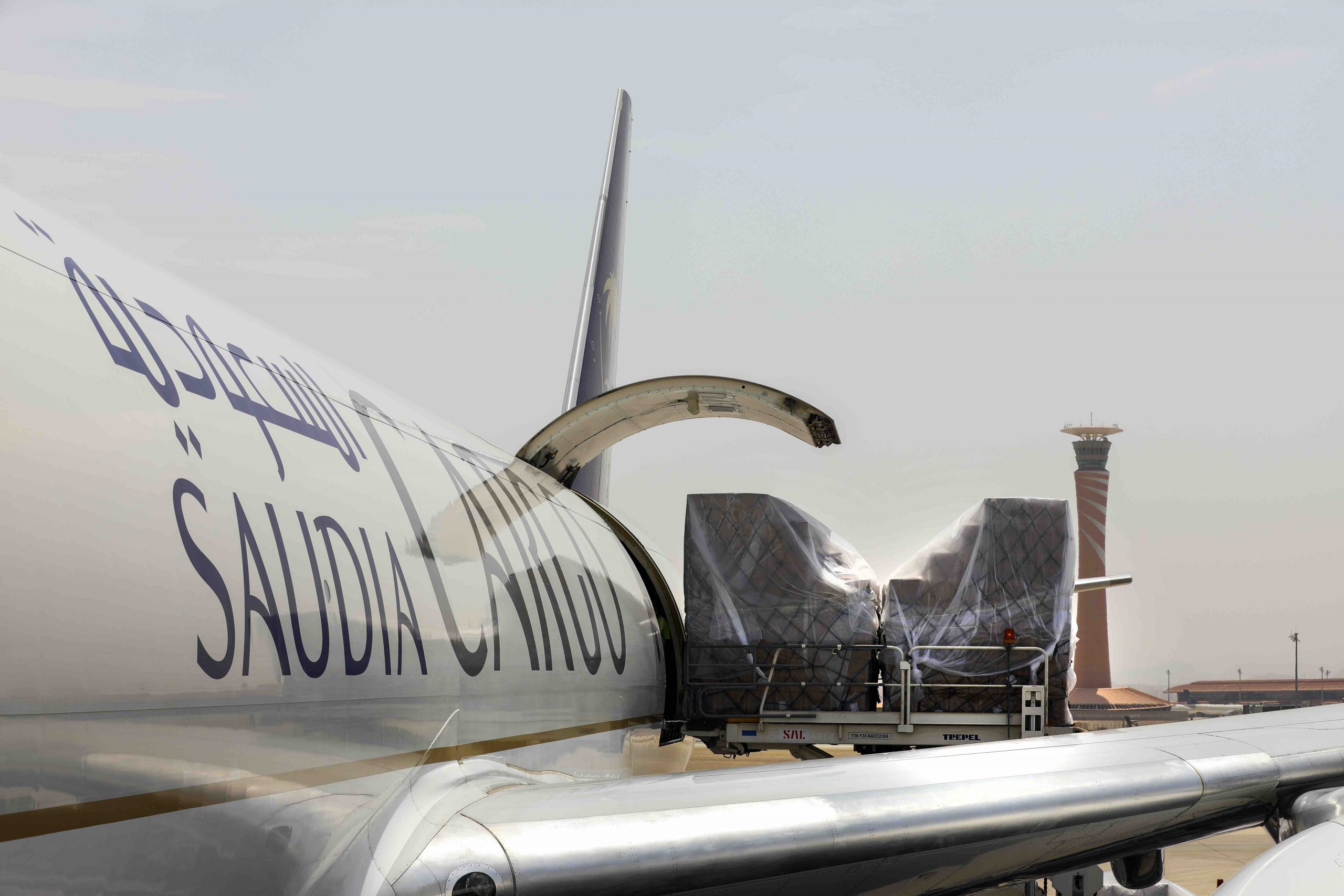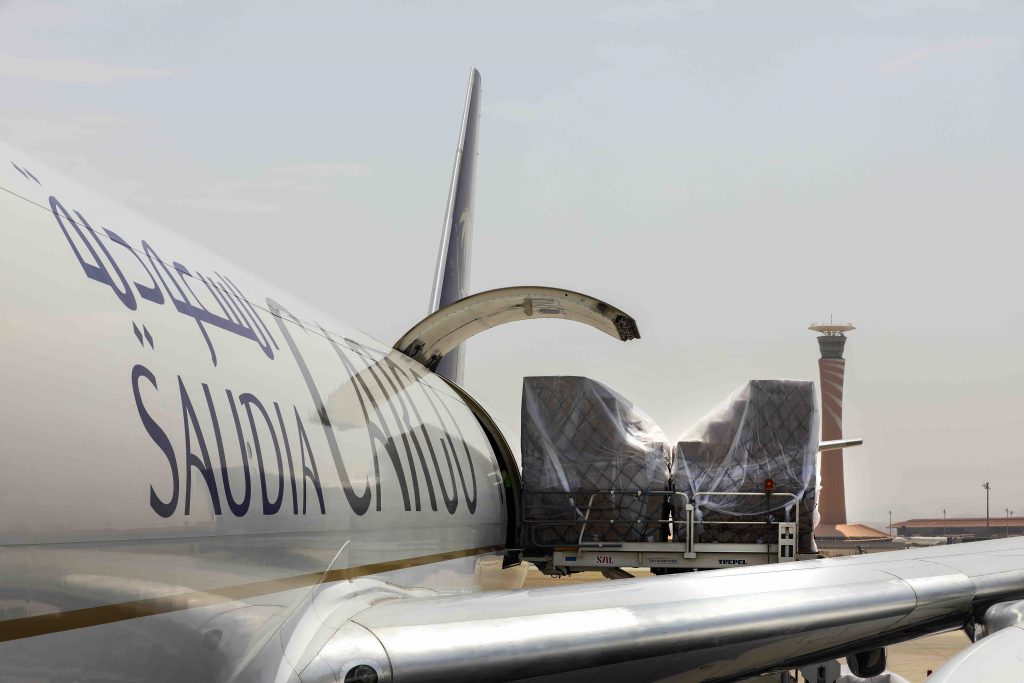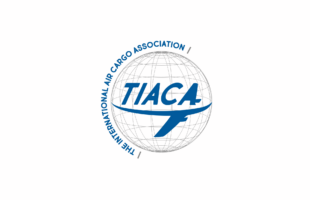
Courtesy of Saudia Cargo

TIACA is calling for the use of the dynamic load factor methodology as the industry standard for measuring the utilisation of air cargo capacity.
Introduced in 2019 by CLIVE Data Services, this methodology measures how full an aircraft is by considering both freight volume and weight.
CLIVE and TIACA agree traditional weight-based load factors are “misleading” and paint an unnecessarily negative image of the airfreight industry.
Also read: Global air cargo market continues uptrend in September
In most cases, space in an aircraft runs out before reaching its maximum weight capacity, due to the aircraft’s capacity density higher (calculated as available kilogram per cubic meter) than the average density of the goods moved by air.
CLIVE found the load factor measured solely by weight was 47 percent for September, the “more accurate and realistic” dynamic load factor, which showed both weight and volume, was 70 percent.
Beyond proof of data, a recent survey of over 80 members attending TIACA’s Economics4Cargo webinar, which started in summer, revealed a 98 percent support for the dynamic load factor methodology.
Steven Polmans, TIACA board chair and director cargo & logistics at Brussels Airport, is leading the call for change.
“So many business decisions in air cargo industry are influenced by the perceptions of cargo load factors which do not show the true figures. Adopting the dynamic load factor will enable cargo professionals and stakeholders to make informed decisions based on timely and more accurate data,” he said.
In addition, CLIVE will now be delivering a monthly detailed lane analysis, based on prime markets to and from North America, Europe, Asia Pacific, Latin America, Africa and the Middle East.
“We must establish a common benchmark on the utilisation of air cargo capacity, particularly if airlines want forwarders and shippers to understand why rates behave as they do. It is otherwise difficult to explain why rates are spiking when the traditional load factor measurement suggests aircraft are operating only half-empty,” expressed CLIVE’s managing director, Niall van de Wouw.








